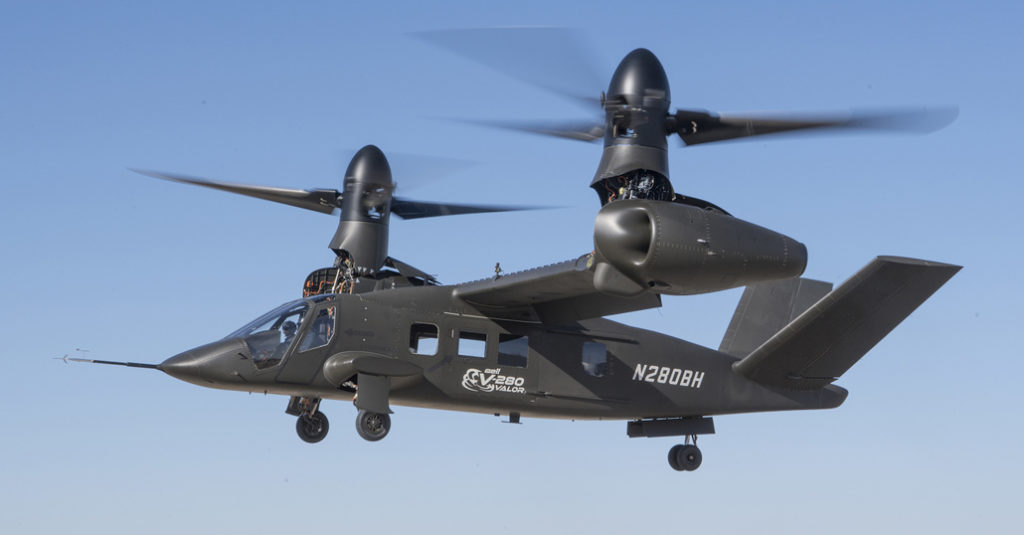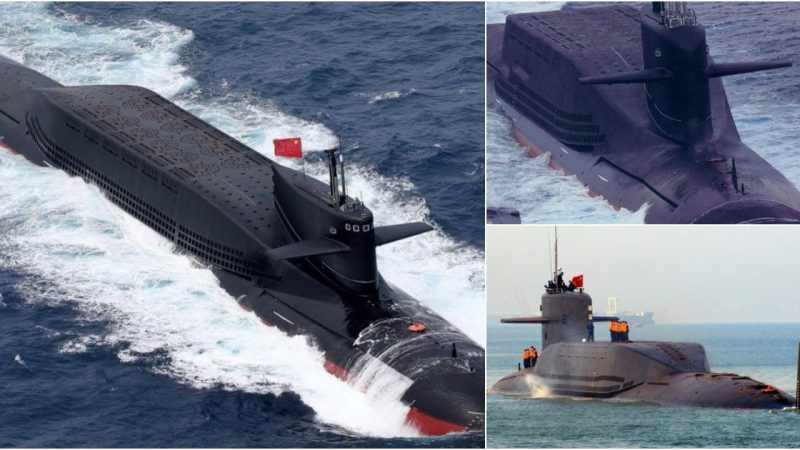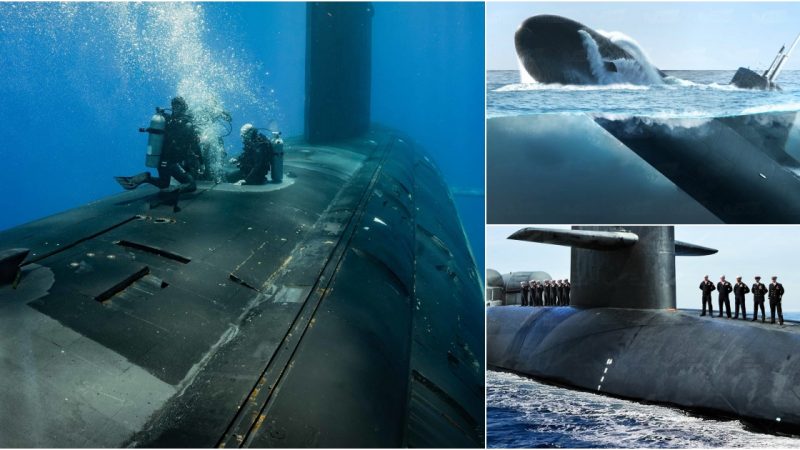
The next generation of tiltrotor aircraft is on the horizon, poised to revolutionize air travel and military operations. Tiltrotor technology combines the versatility of helicopters with the speed and range of fixed-wing aircraft, making it a game-changer in various fields.
One of the most notable tiltrotor aircraft is the Bell Boeing V-22 Osprey, which has been in service with the U.S. Marine Corps and U.S. Air Force since the early 2000s. The V-22’s ability to take off and land like a helicopter and then transition to high-speed forward flight, such as airplane-style, has proven invaluable for troop transport, search and rescue operations, and special operations.
The U.S. Army is also embracing tiltrotor technology with the selection of the V-280 Valor as the replacement for the iconic Black Hawk helicopter. This program is part of the broader Future Vertical Lift (FVL) program, aiming to develop a new family of rotorcraft for the U.S. military. It includes the development of the Future Long-Range Assault Aircraft (FLRAA) and the Future Attack Reconnaissance Aircraft (FARA). These next-generation tiltrotor aircraft will provide enhanced speed, range, and agility, catering to the diverse needs of modern warfare.

Tiltrotor technology is not limited to military applications. Companies are exploring its use in urban air mobility, taxi services, and cargo transport. The ability to take off and land vertically in urban environments while achieving high-speed transit offers a solution to urban congestion and efficient cargo transport.
As these next-gen tiltrotor aircraft continue to develop, we can expect advancements in areas such as noise reduction, fuel efficiency, and safety features. These innovations will usher in a new era of aviation, where tiltrotors play a pivotal role in meeting the evolving demands of both military and civilian aviation. The future of air travel is taking a tilt towards a brighter and more versatile horizon.







